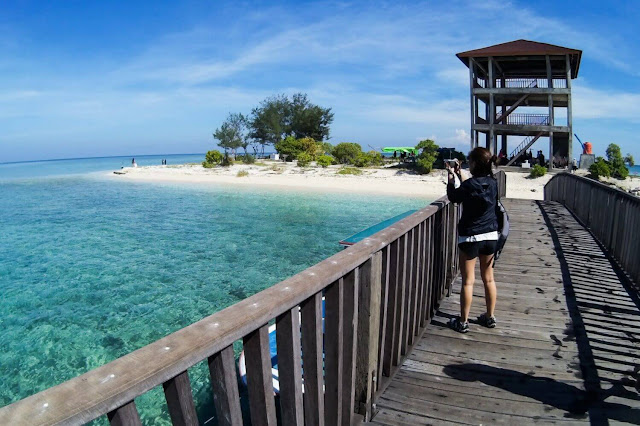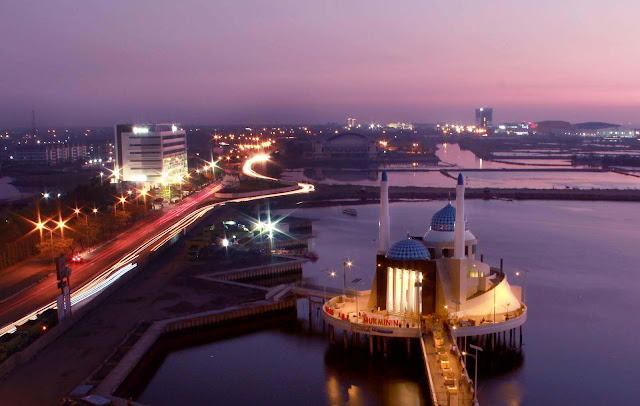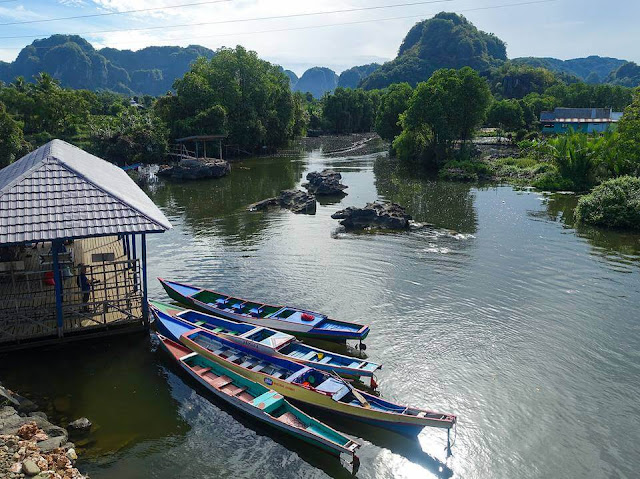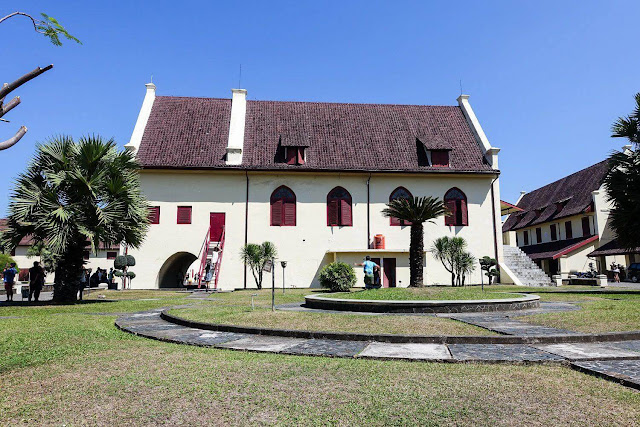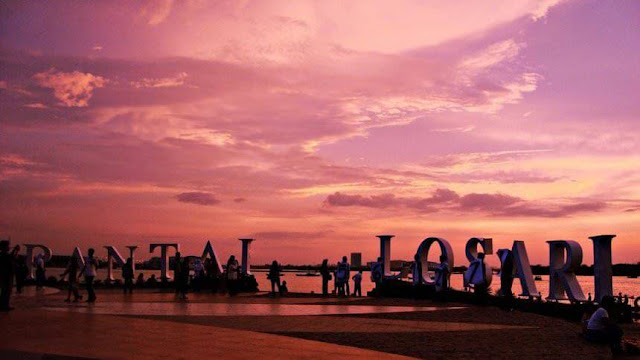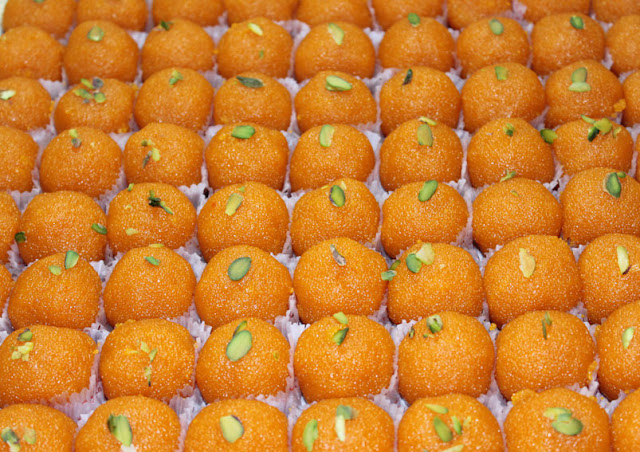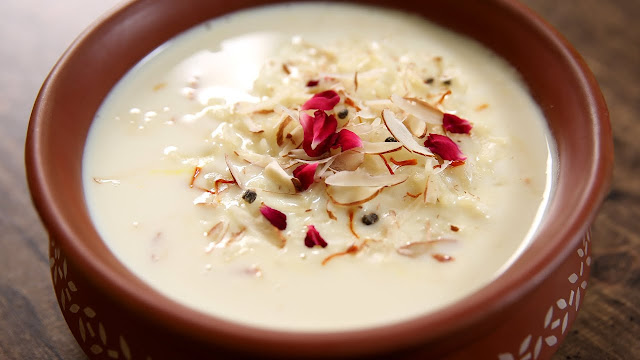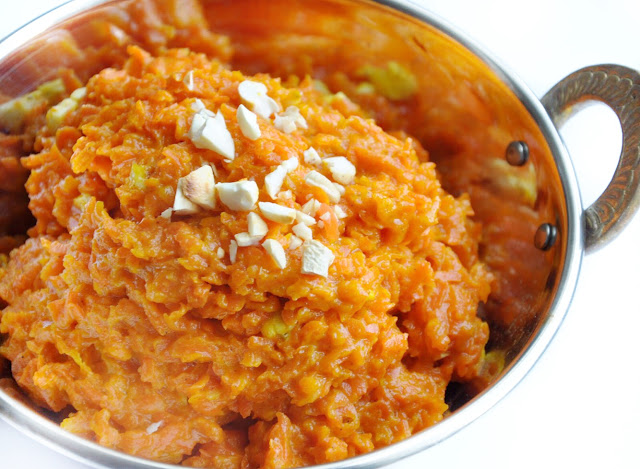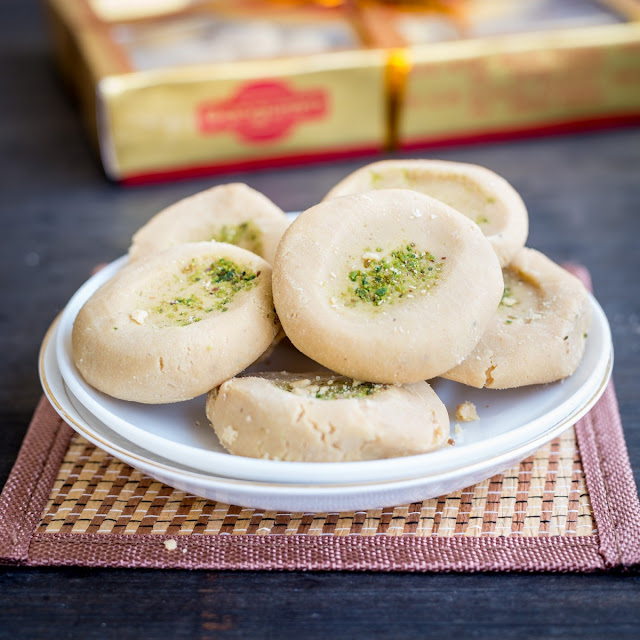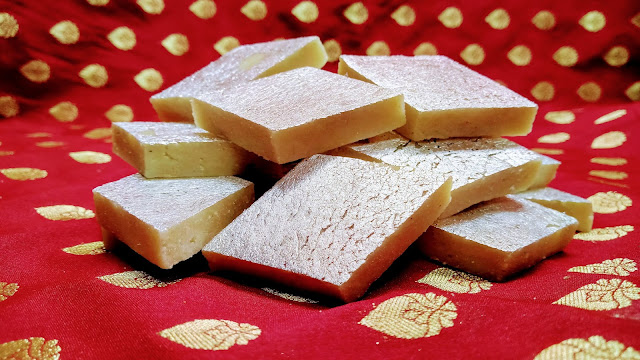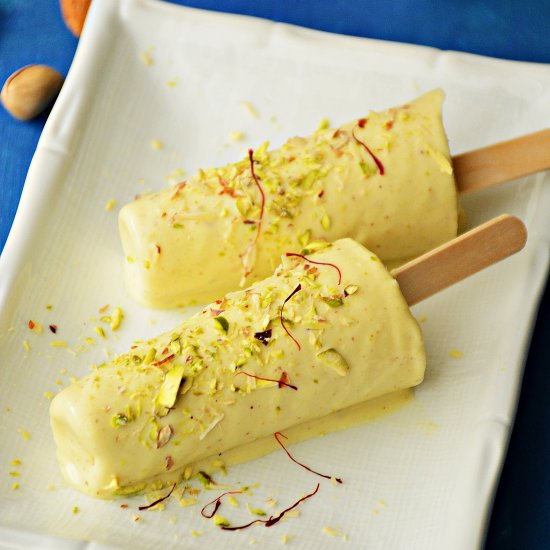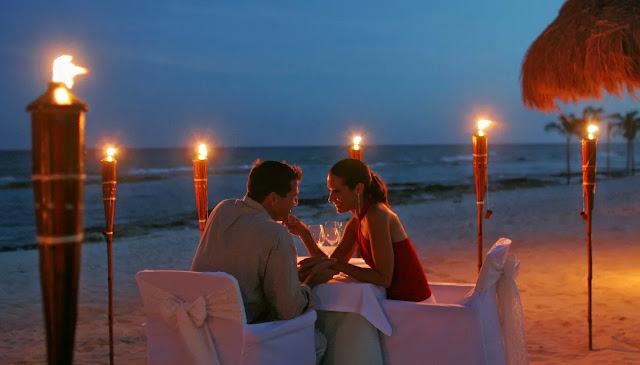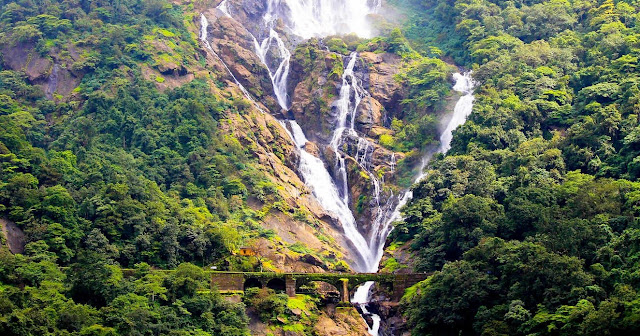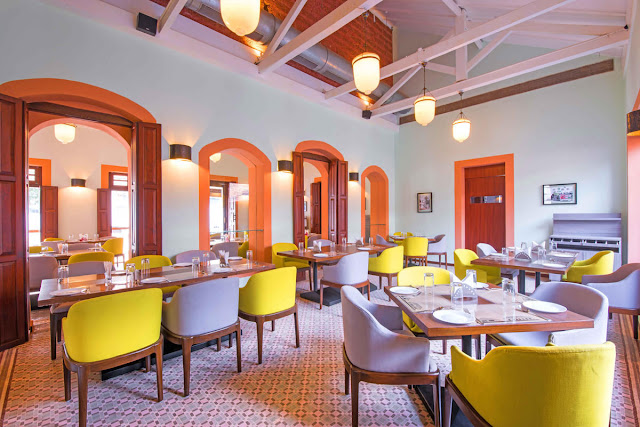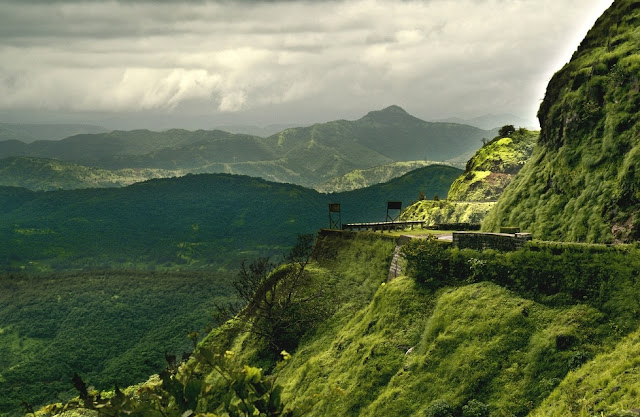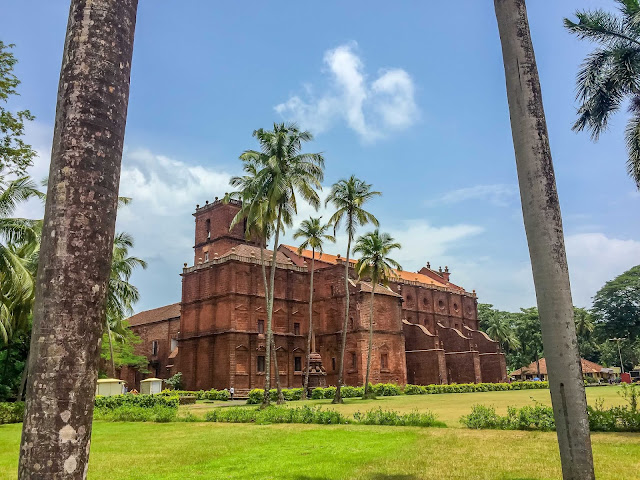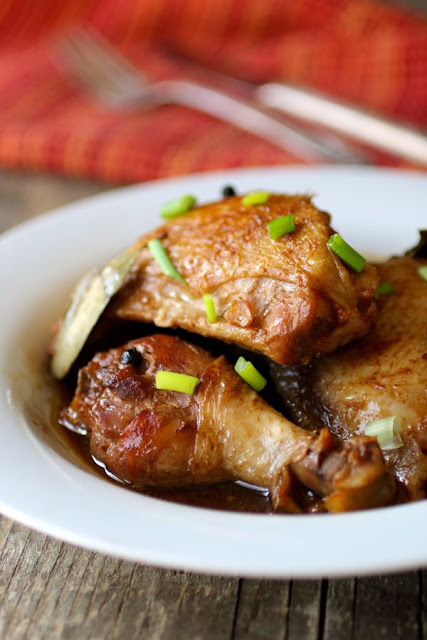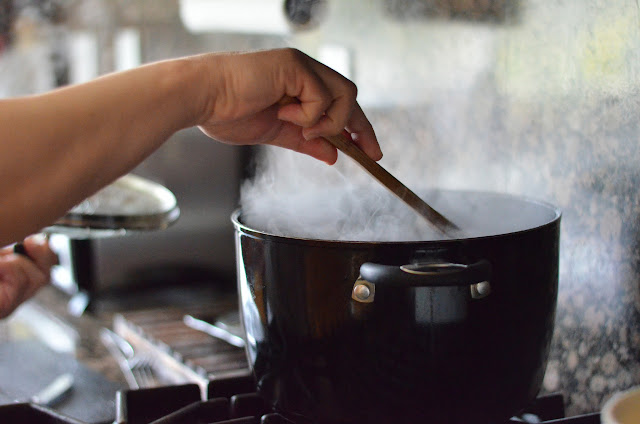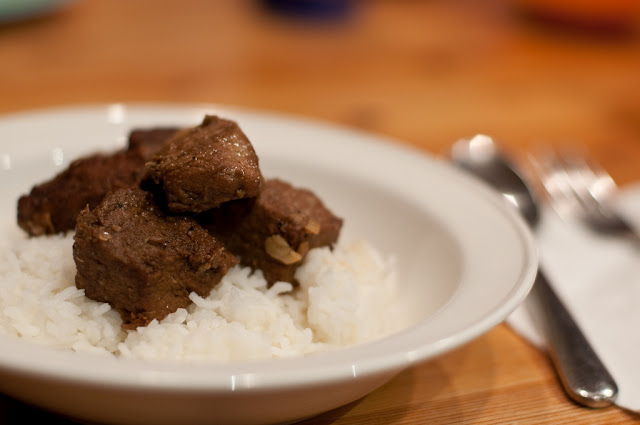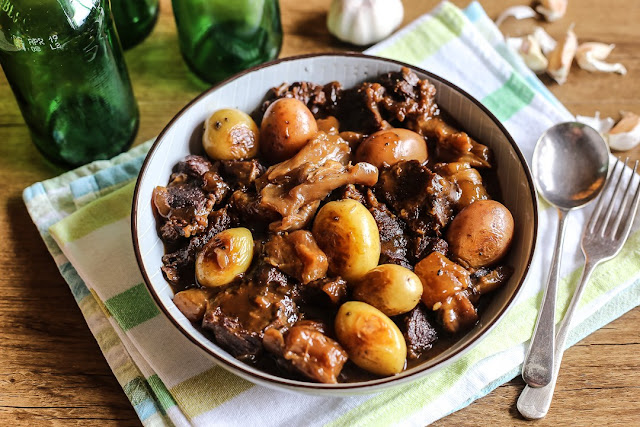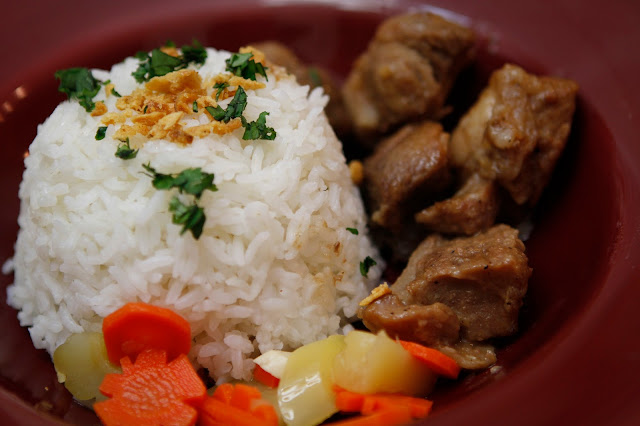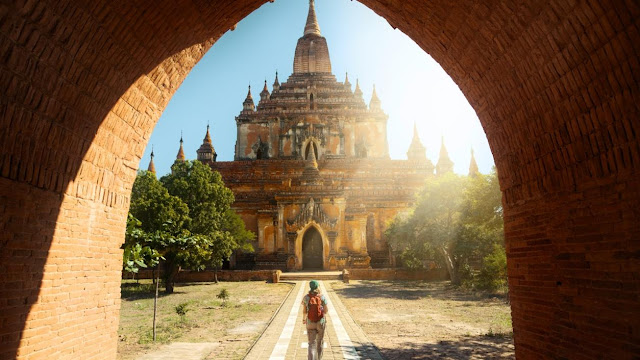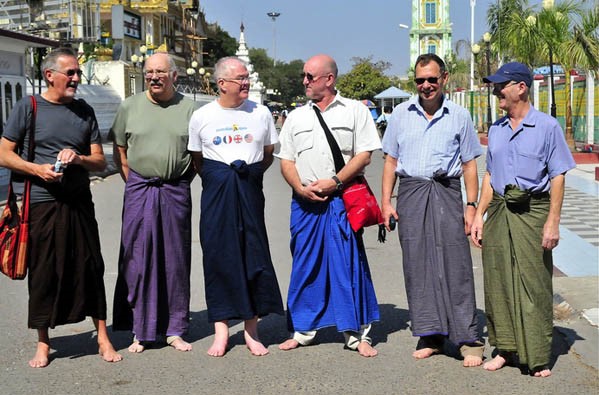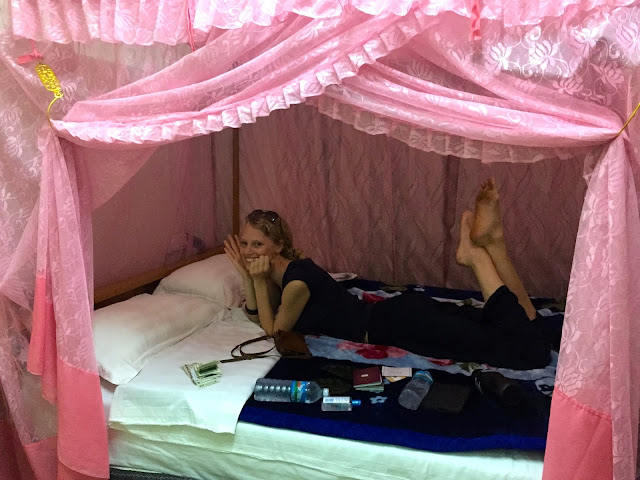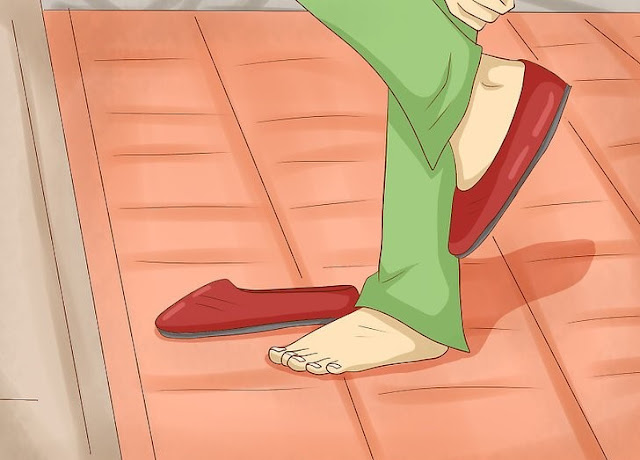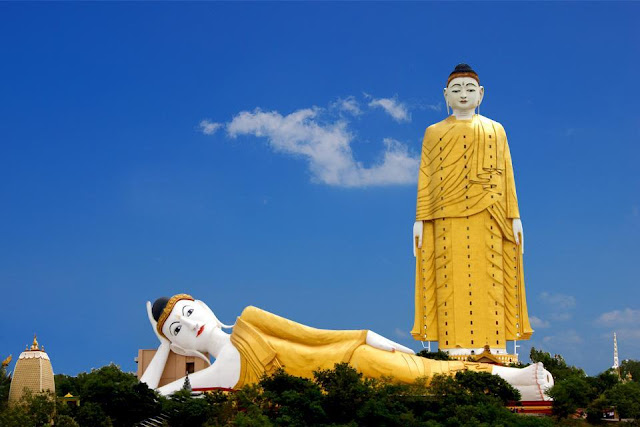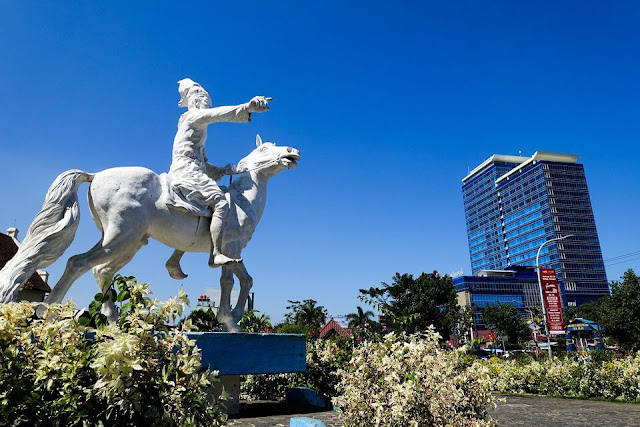
Makassar Strait
The islands off Makassar call for a whole day's worth of lazing at the beach, snorkeling to see the fish and sea urchins, and one last beachside picnic before heading back to the city. There are 2 islands you need to visit: one is the Samalona Island - a favorite getaway for locals who love to picnic by the sea or rent a house on the island for an overnight visit and another is Kodingareng Keke - a sandbar with white sand where you will find at any top-rated beach in the world.Floating Mosque
Losari Beach or "Pantai Losari" has a lively stretch of activity buzzing with locals. Although it's along the coast, there is no direct access to the beach so it is more of a boardwalk. The key landmark here has to be the floating mosque, which does look from some angles like it’s floating on the water.Stone Forest
The trip to Maros’ “Hutan Batu” (Stone Forest) is one of the most scenic in Makassar. A one-hour drive from the city takes you to the Rammang-Rammang Pier in Salenrang, from here you’ll board motorized canoes that speed down the Pute River, past cliffs, jungle, bridges and traditional Sulawesi houses. You’ll disembark at a village next to rice fields, all surrounded by towering karst mountains that give the place its nickname. The “Stone Forest” is supposedly the second-largest karst landscape in the world, offering a series of adventures in and around the limestone cliffs.Fort Rotterdam
Don't forget to take in colonial history at Fort Rotterdam. After 1667, when the Dutch conquered the Gowa Kingdom that ruled over South Sulawesi, they cemented their rule by destroying the Gowa King's existing fortifications and building a Dutch star-shaped fort over the ruins. The fort served as a nucleus around which the city of Ujung Pandang, later Makassar, grew over the centuries.Pantai Losari
To see Makassar at its most spontaneous and fun, visit Pantai Losari just before the sunset hours. The Pantai Losari seaside promenade is a favorite stop for locals and a tried-and-true magnet for local atmosphere. After the sun sinks completely below the horizon, walk north up Jalan Penghibur for an early dinner at the kaki lima (food stalls) lining the sidewalk.Read more: Things you don't know about Indonesian cuisine
Source Internet
